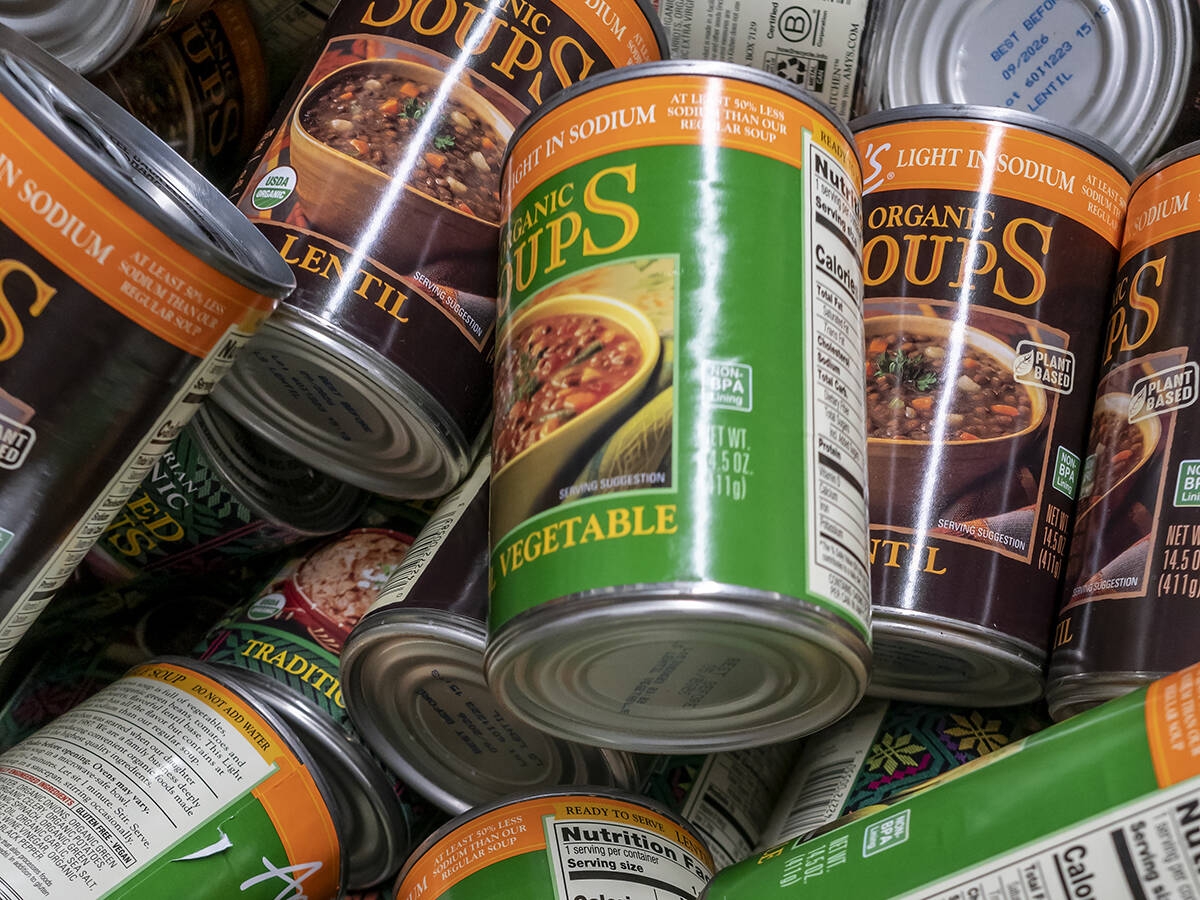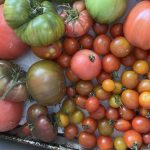Convenience food from Cheez Whiz, Tang and KFC to cake mixes, TV dinners and Butterball turkeys came into fashion in the 1950s.
The kitchen transformed into the heart of the home from a place just to prepare food. New appliances like microwaves saved time and became more fashionable. Stoves were coloured, refrigerators became streamlined and electric coffee percolators and electric stand mixers were introduced.
Two generations later, the art of the home cooked meal has dwindled. We are now seeking ways to teach people how to make a simple meal.
Read Also

Sustainable food has ‘lost all meaning’: prof
That marketing strategy is deader than a doornail, says a University of Guelph professor who specializes in consumer preferences and perceptions of agriculture and food.
Cooking classes and cookbooks abound on the basics, and anxious parents worry about children going off to university.
The truth is we no longer know how to make an entire meal without packaged, prepared or take-out food.
I was chatting with a young woman who chose to be a stay-at-home mom and provide a healthy diet for her child and husband. I am surprised how heavily her working friends rely upon prepared purchased food and takeout.
Habitually buying prepared food for meals will not provide basic nutritional requirements. If you do not take the time to prepare delicious and healthy meals at home, it is less likely your children will acquire these skills.
Perfection is impossible but aim to follow this plan 80 percent of the time.
Before you line up at the grocery store, check your shopping cart. These five easy steps will help you decide if it is filled with the food that will nourish your family.
Buy whole food: That includes fresh, frozen or canned vegetables and fruits but not food that has already been put through a recipe such as frozen buttered corn or stuffed chicken breast. It includes flour, dried fruits and nuts, cornmeal, unprocessed cereals and meat, poultry and fish that are not marinated or prepared.
It means purchasing milk, cheese and yogurt. This allows you complete freedom to make it the way your family likes it.
Growing some of your own food is a good way to ensure a supply of whole food and teach children about food. It only takes a small space or patio to produce food like lettuce, tomatoes, carrots, rhubarb and herbs.
Read labels: Some prepared food is necessary. Buy the best bread you can afford. Whole grains are best and simple white bread is less healthy.
Reduce consumption of sugar, sodium, unhealthy fats and other ingredients that you cannot pronounce. Don’t be fooled by creative food labelling.
Manufacturers are becoming crafty in making additives sound like natural food. Take note of the fat and sugar content and calories per serving.
As you read labels, you will become familiar with daily nutritional requirements.
Learn cooking skills: Know the difference between boiling, steaming, sauteing, grilling, baking and roasting. Avoid deep frying, breading and candying.
In other words, learn how to cook. Classes are the obvious answer but you can also learn to cook just by cooking.
Follow recipes from trusted sources such as recommended cookbooks, television programs and newspapers. Find a friend who loves to cook and ask for advice.
Be sure your children are enrolled in home economics classes in school. Find community sponsored cooking classes.
Make time and save time: Busy schedules rule and basic nutrition loses. Meal time is also a good time for personal connections.
Make a weekly menu plan. When you cook, make enough for the freezer and you will have a few effortless meals.
Use leftovers in another recipe. If you roast a chicken or other cut of meat and do not eat it all, plan other ways to use the food such as in school lunches.
Learn to use a crock pot, pressure cooker and microwave for easier meals. Plan the main dish and sides. Plan menus for a month to save time and money.
It isn’t about the money: Food is relatively cheap. It’s the preparation that adds expense. There are lots of promotions for eating out or buying packaged food cheaply but don’t buy in.
It is always less expensive to prepare food from scratch at home.
















